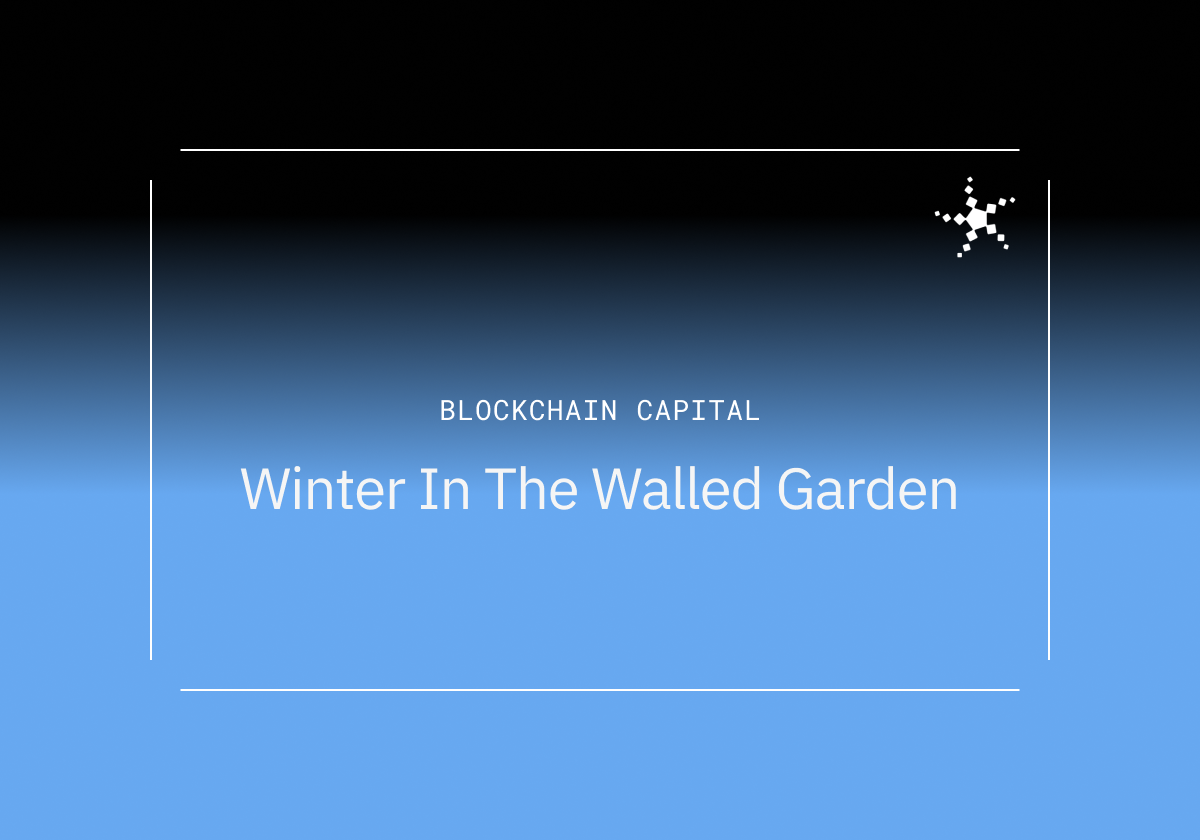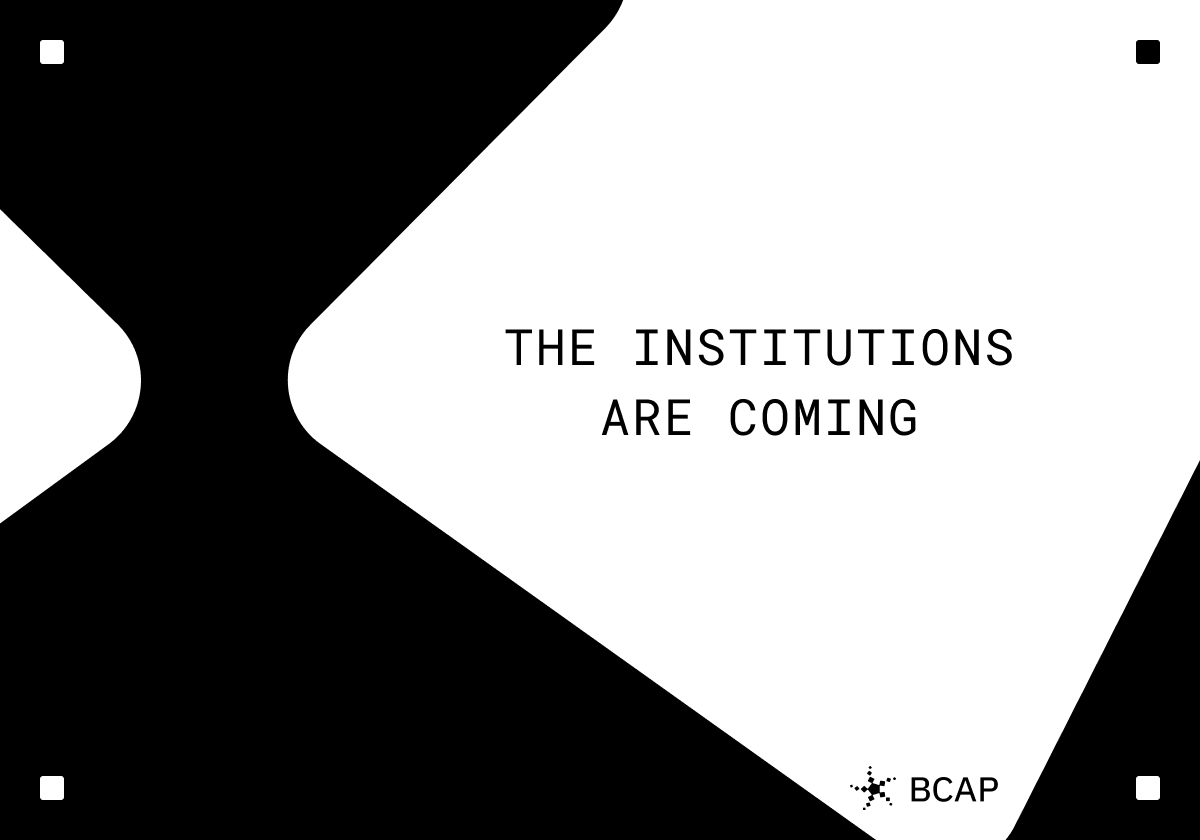
How Can Web3 Social Outgrow Speculation?
Web3 social has a retention issue. Whenever a new social app comes to market, users have to make a decision about whether they’re going to invest their time and energy into building connections on it. They do a mental calculation of whether they think they will get value from it. And if they don’t start seeing value soon enough, they abandon the app. This issue isn’t unique to Web3 social, but crypto might have a bigger hill to climb.
Many Web3 social projects have tried to onboard users by using speculation as a core driver of adoption on their platforms. But that doesn’t always lend itself well to retention.
Friend.tech, for example, has generated over $55M in total fees from just 869K traders since their launch in August. But since then, engagement on friend.tech has dropped off (still, it’s not right to count them out just yet — v2 coming soon)

The big question is, how does Web3 social grow beyond speculation? How does a Web3 social platform draw people in with other motives and reasons for being there? Can we create value that’s not purely financial, so people are making decisions based on other long-term interests?
For example, there are at least some people looking for new and differentiated experiences of connecting online. Breaking away from online spaces that promote toxicity and outrage to drive engagement, people have begun to seek smaller forums for their conversations about news, politics, and public affairs.
Farcaster, to an extent, provides a different kind of space. They have “channels” which host secluded conversations about different topics. It’s an opportunity for people with like-minded interests to connect and engage, much like subreddits.
From the start, Farcaster didn’t set the tone as a financialized platform. They built out the protocol’s initial client, Warpcast, and prioritized users who were looking for quality conversations. Even for onboarding, the founders strategically introduced some friction—you had to message them on Twitter to get invited.
This helped curate the initial user base to get the people who actually wanted to spend their free time on Farcaster. And there were a lot of passionate developers within that initial group, looking for connections with real crypto consumers and a place to invest their time.

The brilliance of Web3 social has a lot to do with providing value to both users and developers. On Farcaster and Lens, for example, developers are able to build different apps on top of these platforms, without fear of being kicked off. Web2 consumer social products haven’t seen much innovation mainly because most of them have cut off API/platform access. They’ve made it difficult for developers to bootstrap new products. On Lens, however, 400+ community-built applications have been created and since going permissionless last week, Lens has generated $500k in protocol revenue and distributed $100k to Lens applications who hosted their own onboarding.
With Web3 social, developers can use the protocol’s social graph (engagement, identity, data) to build new experiences with direct distribution. The most recent example took the form of Frames—interactive apps built inside of casts (Farcaster’s version of a Tweet). Frames kicked off a flurry of developer activity and user interest. Since the launch of Frames on January 25th of this year, over 49k Frames have been created and more than 143k users have joined Farcaster. Lens also has Open Actions, which allow users to perform onchain actions like voting on a poll, or buying an NFT, via any post and gain access to the protocol’s 224k profiles.. This type of permissionless innovation will help these platforms deliver more long-term value to users.
0xPPL, a social-fied Etherscan, has also created new forms of connecting online, taking advantage of crypto’s speculative nature and using it as a nexus to connect people via their token holdings. You could envision this expanding into other types of activities as users have more to do in Web3 and on-chain transaction history widens.
Web3 social and the underlying tech stack need to facilitate use cases that capture our attention—and not just our money—to be sustainable in the long-term. You have to declare the long-term value that you’re providing to users, and work to build a retainable user base around that value.
If you’re building in Web3 Social, dm me ~ @anay_sim
The views expressed in each blog post may be the personal views of each author and do not necessarily reflect the views of Blockchain Capital and its affiliates. Neither Blockchain Capital nor the author guarantees the accuracy, adequacy or completeness of information provided in each blog post. No representation or warranty, express or implied, is made or given by or on behalf of Blockchain Capital, the author or any other person as to the accuracy and completeness or fairness of the information contained in any blog post and no responsibility or liability is accepted for any such information. Nothing contained in each blog post constitutes investment, regulatory, legal, compliance or tax or other advice nor is it to be relied on in making an investment decision. Blog posts should not be viewed as current or past recommendations or solicitations of an offer to buy or sell any securities or to adopt any investment strategy. The blog posts may contain projections or other forward-looking statements, which are based on beliefs, assumptions and expectations that may change as a result of many possible events or factors. If a change occurs, actual results may vary materially from those expressed in the forward-looking statements. All forward-looking statements speak only as of the date such statements are made, and neither Blockchain Capital nor each author assumes any duty to update such statements except as required by law. To the extent that any documents, presentations or other materials produced, published or otherwise distributed by Blockchain Capital are referenced in any blog post, such materials should be read with careful attention to any disclaimers provided therein.
No Results Found.








.jpg)



.png)
.png)
